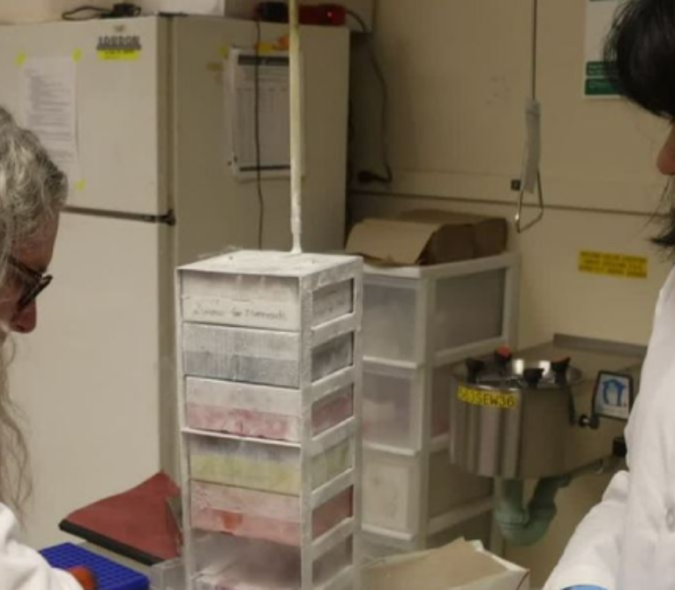An antioxidant response element regulates the HIF1α axis in breast cancer cells
Congratulations to Dr. Sarah Lacher and team on their new publication on breast cancer!
Cells have evolved many strategies to deal with various types of stress. One way our cells deal with oxidative stress (stress caused by reactive oxygen species) is by turning on or off the expression of genes. Many of the genes that are activated following oxidative stress are regulated by the transcription factor protein, NRF2. NRF2 is activated under conditions of oxidative stress. Activated-NRF2 moves into the nucleus, binds to DNA at a specific sequence referred to as the Antioxidant Response Element (ARE). Once NRF2 is bound to the ARE, gene expression is turned “on”. Many studies have highlighted the role that NRF2 plays in activating genes with antioxidant functions, however, the regulatory reach of NRF2 extends beyond this role. Lacher et al have found that NRF2 regulates the gene HIF1A, which encodes for the protein, hypoxia-responsive transcription factor (HIF1α). Notably, NRF2, HIF1α, and the genes they regulate are also involved in breast cancer biology and resistance to chemotherapy. Here, they used CRISPR/Cas9 genome editing to mutate the NRF2 binding site (ARE) near HIF1A in a breast cancer cell line. We found that this mutation 1) eliminates NRF2 binding, 2) decreases HIF1A expression at both the mRNA and protein levels, and 3) disrupts HIF1α target genes and phenotypes. Taken together, these results demonstrate that NRF2 activity at the ARE near HIF1A plays an important role in the expression of HIF1A and modifies activity of the HIF1α axis in breast cancer cells.
Read full article here.



